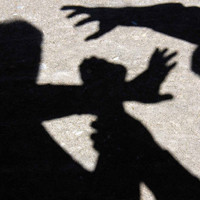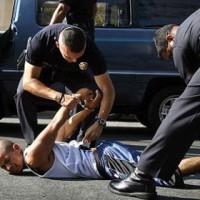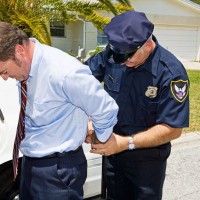
Federal Crimes
Generally speaking, the principles of criminal defense are the same at the Federal level as they are at the state level. However, procedures and rules are quite different. It’s important to have an experienced attorney who has been admitted to practice in your federal district. Of all criminal charges, the most intimidating can be federal Read More …










